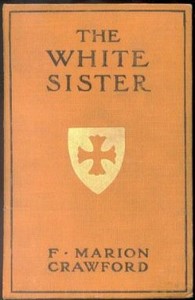| Summary |
"The White Sister" by F. Marion Crawford is a novel written in the early 20th century. This work revolves around the lives of Angela Chiaromonte, a young woman navigating her social standing after the sudden death of her father, and Giovanni Severi, a devoted suitor who is determined to marry her despite the obstacles they face, including her questionable legitimacy due to her parents’ unconventional marriage. Set against the backdrop of the societal norms and expectations of Italian aristocracy, the novel explores themes of love, loss, and identity. The opening of the story introduces us to the atmospheric setting of a painter's studio, where the portrait of Angela is being created by the esteemed artist Filmore Durand. We are introduced to Angela’s aunt, the Marchesa del Prato, who harbors discontent toward her niece and her romantic prospects. Following the completion of the portrait, a devastating call alters Angela's life irrevocably when she learns of her father's tragic death. The emotional turmoil ensuing from this loss shifts Angela's once certain existence into one of precarious uncertainty regarding her future and her place in society, leading to the exploration of her identity as she grapples with the revelation of her illegitimacy in the eyes of the law. The narrative then transitions from Angela's artistic representation to her intimate turmoil, setting the stage for her internal and external conflicts as she navigates her path in an unforgiving world. (This is an automatically generated summary.)
|

